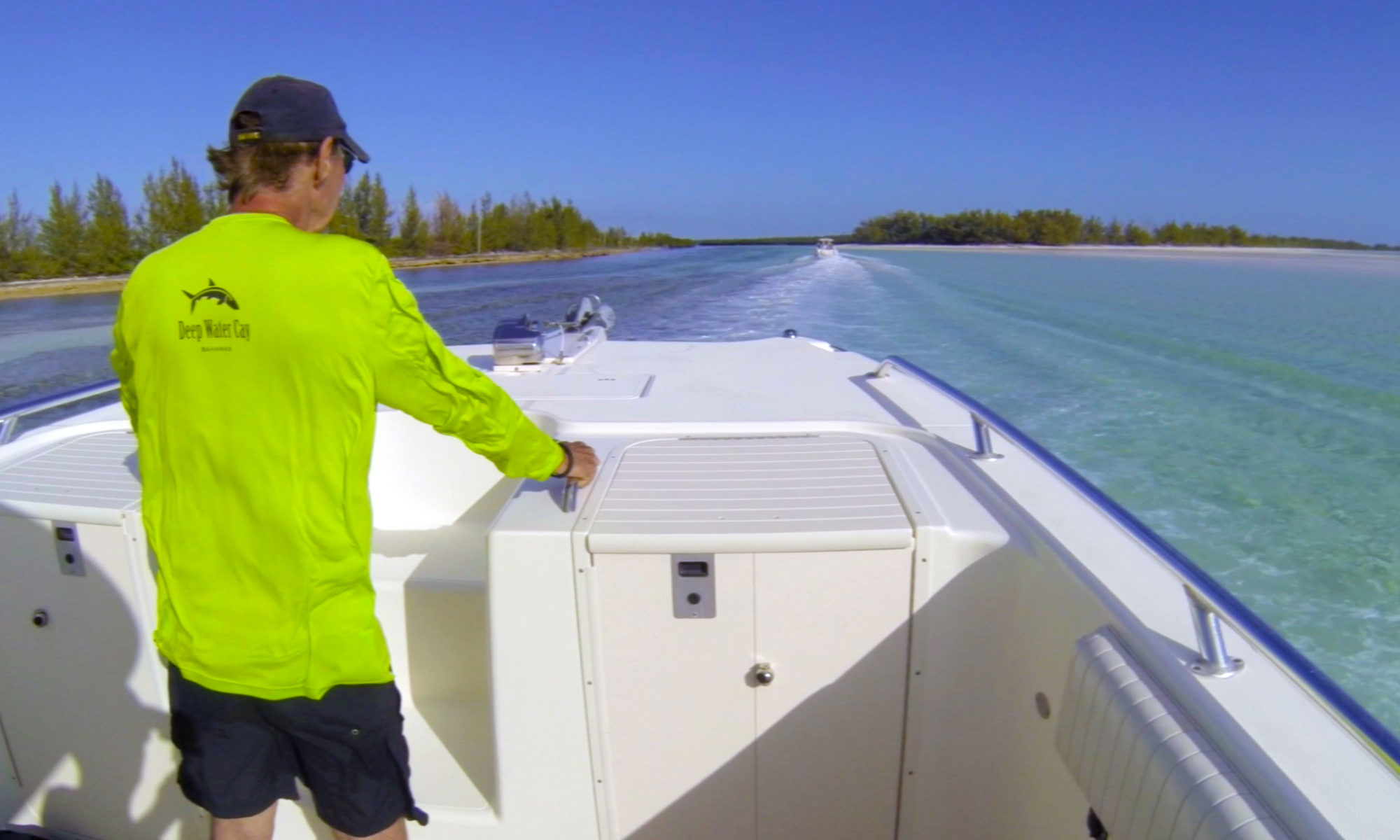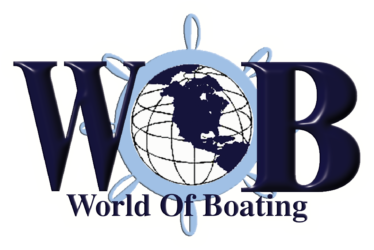WOB News Team: On this day, the 10th anniversary of the 9/11 attacks, we will remember so that we may never forget the victims, heroes, survivors, families, and the acts of heroism and humanity that remain untold even to this day.
Remembering 9/11′s Heroes Afloat
By David Helvarg
New York is a maritime city with one of the world’s great natural harbors, as explorer Henry Hudson discovered over 400 years ago. And among the heroes of 9/11 ten years ago were the city’s still great mariners; work boat, tugboat and ferry operators and Coast Guard men and women who helped rescue half a million of their fellow citizens on that horrible and historic day.
Hurricane Irene and the recent flooding in the city and elsewhere reminded people, if in a less traumatic way, how much New York is literally a city apart from this land of ours. 80 percent of the city is not directly connected to the continental mainland but a series of islands including Staten Island, Manhattan, and Long Island that includes the Burroughs of Queens and Brooklyn.
Growing up between Long Island and Manhattan where my father lived, and having him take me down to the tugboats in the Chelsea neighborhood as a child, or on Circle Line cruises or fishing out of Sheepshead Bay, Brooklyn, I remember how quickly my perspective on the city changed: from weekend visitations defined by crowded streets and stores to salt brine and wonder, be it of a powerful diesel marine engine and the men who kept its pistons turning or the strange sensation of catching my first fish, a conger eel, a true sea monster, at the age of eight. New York for me became what it had been for my father when he’d arrived at Ellis Island as a boy of 12, a place where freedom and Lady Liberty were intimately linked by the great harbor and rivers of one of the nation’s founding port towns.
A clear September morning many years later, the men and women who make their livings on those same waters were rudely awoken to the fact that our nation’s bordering oceans can no longer protect us from our enemies.
Just off Governors Island, Coast Guard Petty Officer Carlos Perez was at the helm of a 41-foot utility boat sent from Staten Island to check out the initial report of an airplane hitting the World Trade Center when the second hijacked plane, United Flight 175, flew directly over him. He looked up at its aluminum underbelly and watched it fly into the South Tower and the giant orange fireball that followed. He then took his boat closer in to Battery Park and watched through his binoculars as people on the upper floors of the towers began jumping to their deaths.
By then the Coast Guard’s Vessel Traffic System (VTS) in New York had shut down the port. But soon, as the smoke cloud from the collapsed towers enveloped lower Manhattan, pushing tens and then hundreds of thousands of panicked citizens towards the southern point of the island, VTS issued a new directive, calling for all available boats in the harbor to go to Battery Park and begin evacuating people. Many had already cast off their lines.
As the tugs, fast ferries, police launches, fireboats, Circle Line boats and other working and recreational watercraft pulled up to the foot of Manhattan, their crews would hang handmade signs on their railings saying where they were headed — to Sandy Hook or Hoboken, Brooklyn or Staten Island. Teams of Coast Guard inspectors, cops and firemen ashore organized the crowds into boarding lines and helped them over the seawall. This also helped to stem the panic. Offshore, the pilot boat New York and harbor tug Hawser directed boat traffic through the thick and choking smoke. With the subway system closed down, hundreds of thousands of people were taken off Manhattan this way (while tens of thousands more fled by foot across the Brooklyn Bridge).
Brian Walsh, a mate aboard the Staten Island Ferry Samuel I. Newhouse told Workboat magazine that once on the water, the survivors were generally subdued. “They were mostly sitting in circles, holding hands and praying or crying…We kept telling them over and over again that ‘it’s going to be okay, you’re safe.’”
By this point more than twenty-seven hundred Americans, almost all of them civilians, had died in the attacks.
By the next morning a flotilla of armed Coast Guard vessels was patrolling the harbor, including the 110-foot Cutter Bainbridge Island flying an oversize American flag as its battle ensign.
While the firemen and policemen of New York rightly deserve the honors they earned on 9/11, we ought also to remember the working watermen and women who created a huge rescue flotilla that day for what would prove to be, though few people know it, the largest maritime evacuation in world history.
Ten years later we also need to guarantee that New York’s waterways continue to function safely and sustainably, through efforts ranging from updating the city’s emergency response plans for storms and flooding to the Coast Guard’s ongoing Ports, Waterways, and Coast Security patrols, from a proposed Clean Ocean Zone bill to protect the New York Bight from pollution to the City’s Harbor School training the next generation of maritime workers and scientists.
I remember as a child whenever I’d hear “America the Beautiful” sung, I’d think “from sea to shining sea” meant from New York Harbor to somewhere else. On 9/11 New York’s working mariners proved me right.


